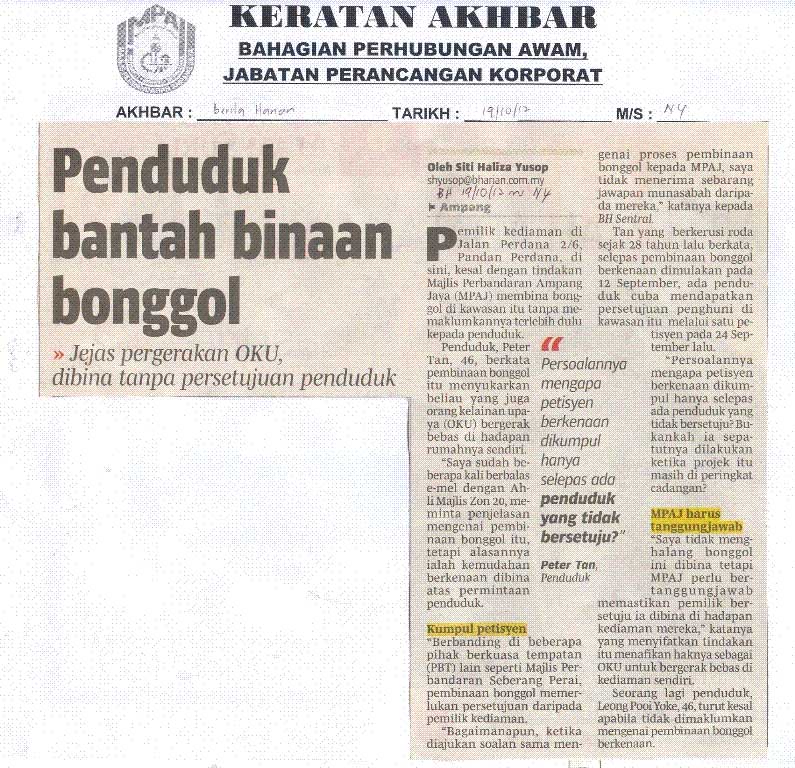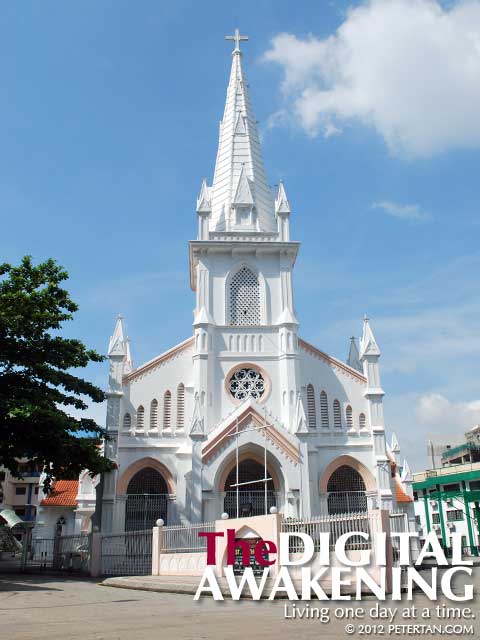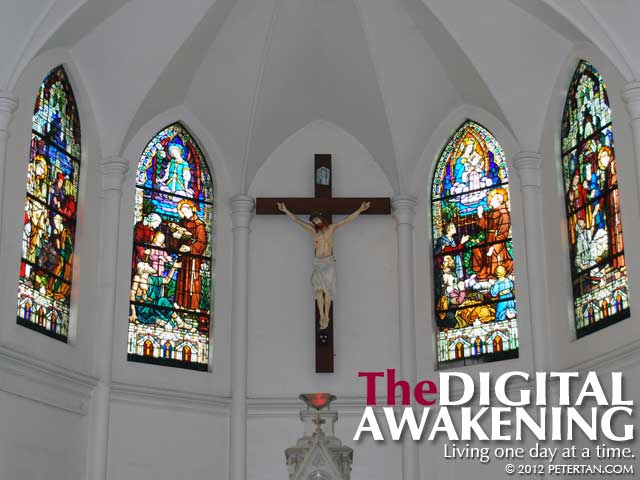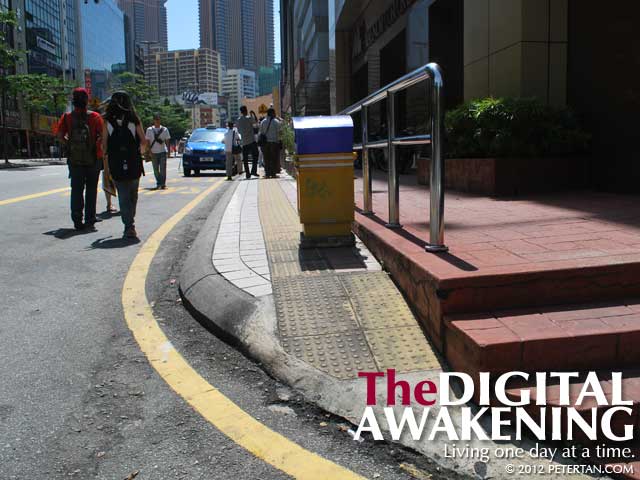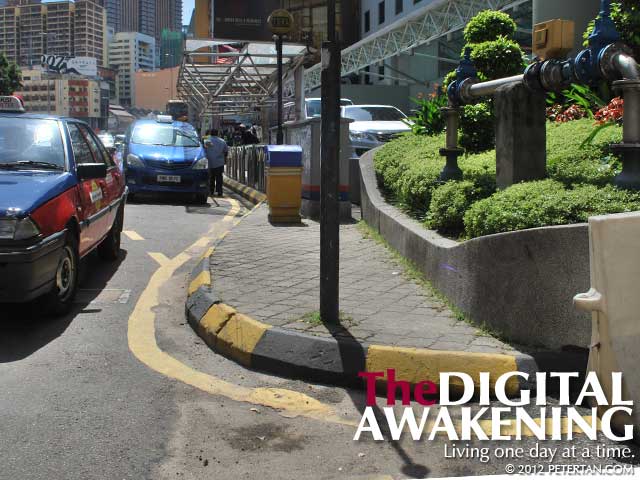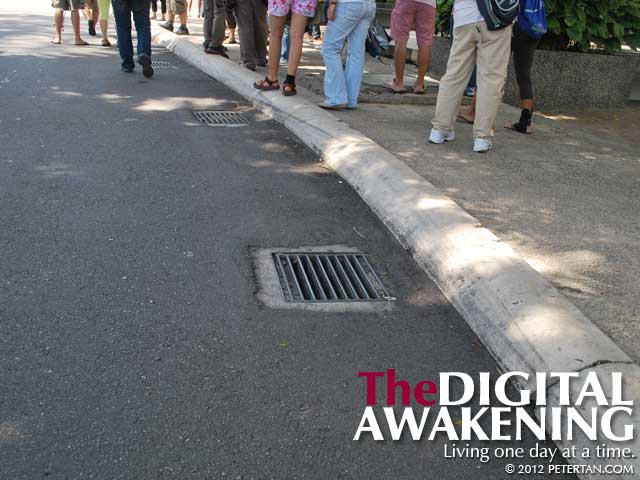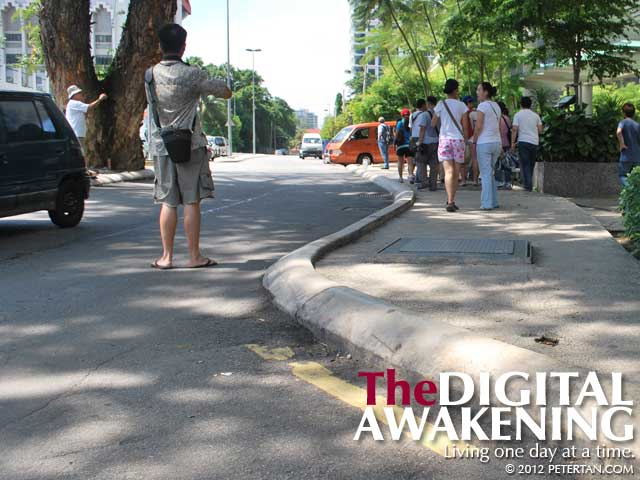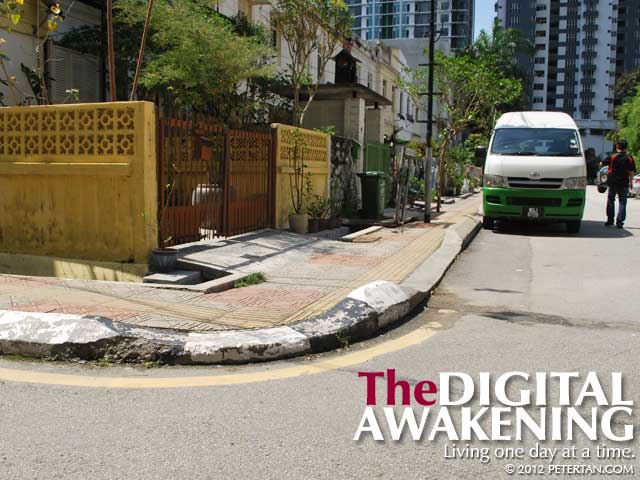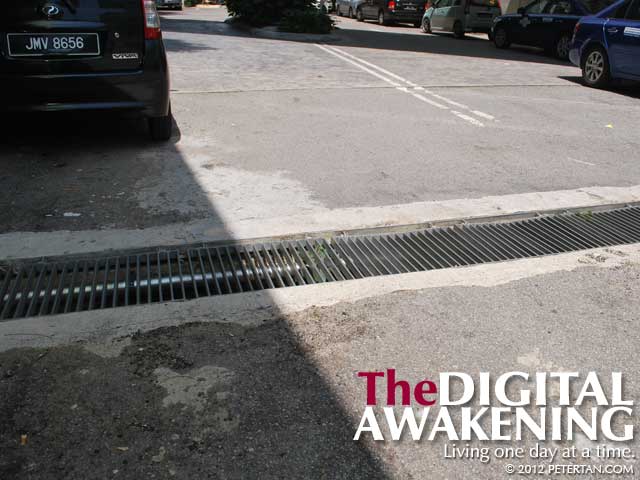This article on the speed hump issue outside my house was reported by Fazleena Aziz of StarMetro. The following is my response to several points that Dorothy Cheong raised in the article which was not exactly what transpired between us. She is the ahli majlis MPAJ for Zone 20 of which Pandan Perdana is part of.
In the two email responses to my complaints, she neither suggested any meeting nor ways to resolve this issue. So when she said that she “had asked the two groups of residents to have a discussion about it”, that is not true. She did nothing of that sort.
All the while, she was only interested in maintaining the hump by telling me that it was built at the requests of residents and that she believed “people of my situation” would welcome it as it is for my safety and that of other residents and that I should view this in a positive manner.
I found that statement patronising. How would she know what “people of my situation” go through every day to come to that conclusion? Likewise the MPAJ officer I spoke to earlier parroted the same answer and asked me why I do not like the hump which is for my safety.
In my response to Dorothy Cheong, I told her off for assuming that “people of my situation” would welcome the hump. She never even bothered to meet me to see for herself my safety concerns. I also told her that I have no faith in her as the ahli majlis. It was then that ADUN for Teratai Jenice Lee suggested that MPAJ initiate a meeting to resolve this issue.
Dorothy Cheong was wrong and arrogant to say that it is only one person’s complaint. She must have forgotten that another neighbour went to her office to make a complaint against the hump as well and then went back again to check on the progress of her complaint.
Even if there is only one complainant, the matter should be looked into seriously as it involves the accessibility issue of a disabled person. By making that statement, did she mean that the rights of the minority are not relevant? Is it all right to use the might of the majority to trample over the minority?
There is the matter of residents being asked to sign a petition to support the hump on 24 September, twelve days after it was built, which contradicts her statement that the request was made by 10 residents in July. If MPAJ had already accepted the requests, why the need for the petition after the hump was built?
To date, she has not addressed the issue on why neither the three house owners whose properties facing the hump were not consulted nor their consent sought. Do we not have a say in this matter as the parties most affected? Why was a meeting not called in the first place before the construction to avoid all these problems?
It was only after being interviewed by the press that she suggested moving the hump subject to the agreement of the residents who requested for it. The truth is that she has never conveyed this “option” to any of us complainants before.
Like Wuan rightly pointed out, it is preposterous that we have to ask for their permission to remove the hump when our permission was never sought before they built it outside our house. What kind of logic and procedure is this? Where is justice where our rights are concerned?
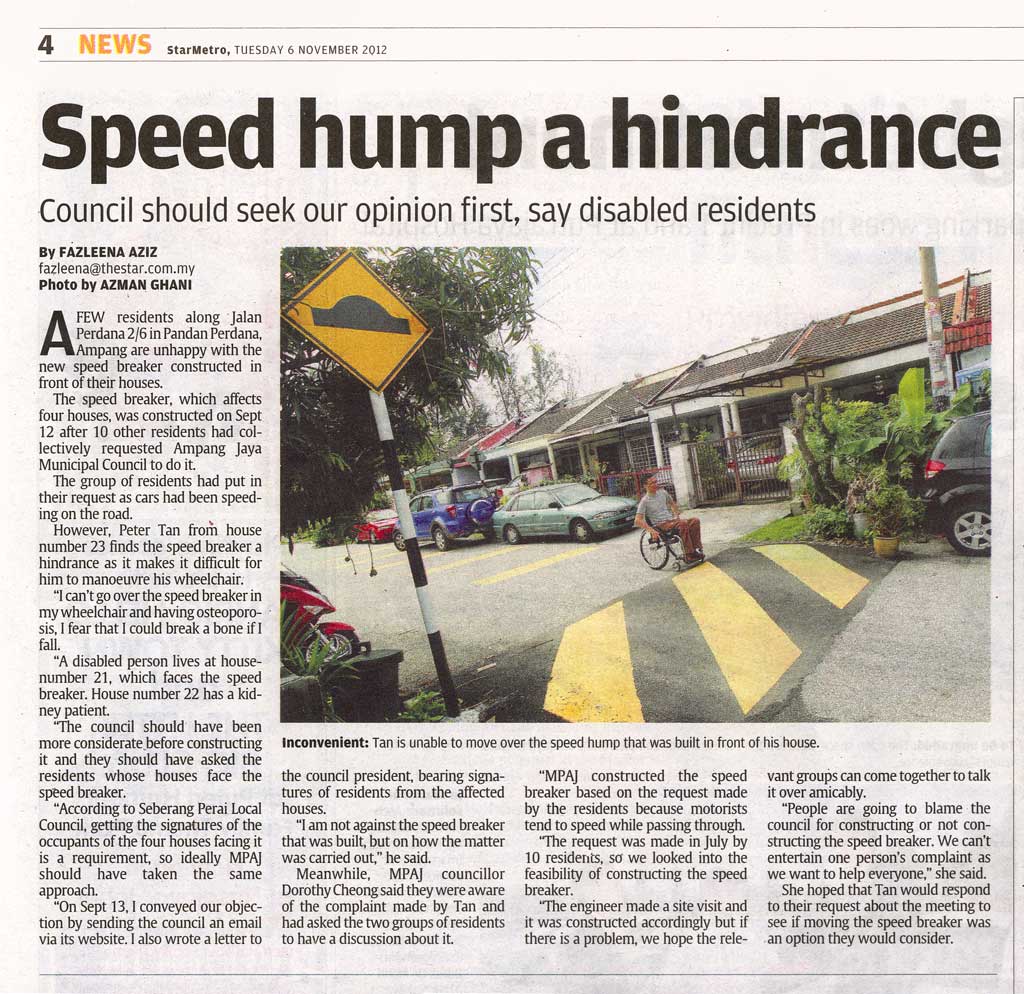
Click on image for larger version.

